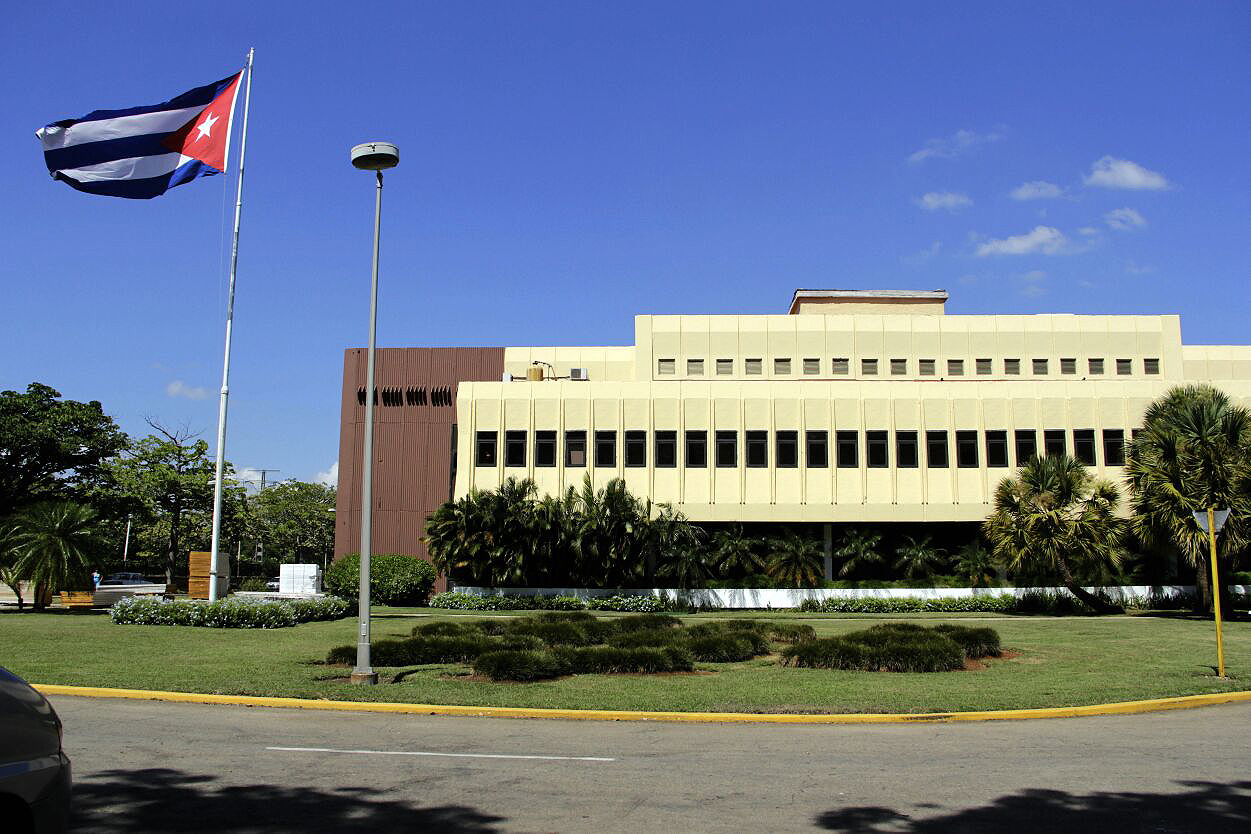Potato traces its origin to the Andes, in South America. Centuries ago, the humble crop crossed the Atlantic sea and reached Europe. Since then it has travelled far and wide and has become ubiquitous. It is now an indispensable component in most of the cuisines. Easy to grow, this staple food is cultivated all over the world. However potato plants have an alarmingly, powerful enemy: the parasite Potato Cyst Nematode (PCN). The juvenile worms of PCN cling the potato sapling's tender roots and suck out all the nutrients causing the plant to wither and wilt. This has devastating effect on the crop yield. Upto 80% reduction of the yield, and at times total crop loss have been reported.
PCNs belong to the Globodera genus. These are a class of obnoxious yet very smart plant pests. These nematodes or roundworms infest plants in the solanaceous family such as potatoes, tomatoes and eggplant. Interestingly Globodera also trace their origins to the Andes, in South America. Definitely a case of coevolution.
PCNs come in male and female forms. Once fertilised, the female dies, its bodily remains forming a protective hard cover around the eggs. A single such cyst could contain upto 500 eggs suspended in a thick viscous sugar syrup. The sugar is trehalose, which is a dimer of glucose. The hard outer shell and the viscous syrup inside jointly protect the eggs from all kinds of mechanical stress and preserve them intact for decades. The sugar also serves as an energy source. Thus the cysts lie in wait patiently for a signal to hatch.
That the signal comes from the roots of plants belonging to the Solanaceae family, was known as far back as in 1923. The tender roots of potato exude a mixture of chemicals. One of the chemicals, later identified as Solanoeclepin A is a stimulant for hatching the PCN eggs. This chemical, a terpene, with the formula C27H30O9 has an equally complex structure. The structure was elucidated in 1999 by Schenk et al.
Solanoeclepin A initiates a series of activities both on the outside and inside of the PCN cyst. First, solanoeclepin A induces the cyst wall to become a bit leaky. This causes trehalose syrup to ooze out and water/moisture to rush in, thus irrigating the eggs and facilitating their hatching. However as a part of survival strategy, all of the eggs are not hatched in one go. Professor Benjamin Mimee and his team point out that this could be to increase population persistence throughout growing seasons and to lower competition between hatched juveniles.
Though pesticides are effective, poorer nations find it unaffordable. This where the efforts of a global team of scientists with Professors Danny Coyne, Charles Opperman and Baldwyn Torto at the helm prove valuable. Collectively they have hit upon a simple strategy: wrap the potatoes in banana paper and then plant. The banana paper absorbs most of the exudates, including solanoclepin A, thus preventing hatching signals reaching the PCN cyst. One of the rare instances of humans vetoing Nature in very simple terms.
REFERENCES:
1. Analysis of survival and hatching transcriptomes from potato cyst nematodes, Globodera rostochiensis and G. pallida
2. Elucidation of the Structure of Solanoeclepin A, a Natural Hatching Factor of Potato and Tomato Cyst Nematodes, by Single-crystal X-ray Diffraction*
3. Wrap-and-plant technology to manage sustainably potato cyst nematodes in East Africa







